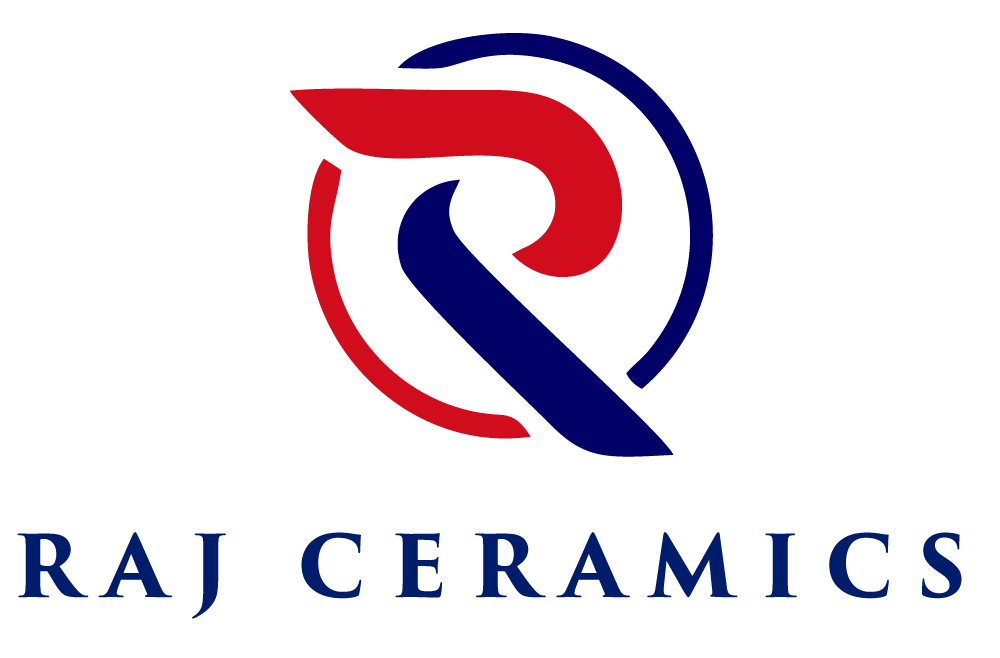
Understanding Ladle Refractory Bricks
Ladle refractory plays an indispensable role in the foundry industry, where molten metals are cast into various shapes and forms. In this comprehensive guide, we’ll delve into the intricacies of ladle refractory, exploring its significance, types, and importance in ensuring smooth operations within foundries worldwide.
Ladle Refractory Bricks: Overview
Ladle refractory serves as a protective barrier against the extreme heat and corrosive nature of molten metals. It lines the interior of ladles, crucibles, and other vessels used for transporting and pouring molten metal.
Ladle Refractory Bricks Materials
Fireclay Bricks
Fireclay bricks are among the most commonly used ladle refractory materials. Composed of clay minerals and other additives, these bricks offer excellent resistance to high temperatures and thermal shock.
Silica Bricks
Silica bricks, made from quartzite or silica sand, are renowned for their high refractoriness and resistance to acidic environments. They are ideal for applications where the molten metal has a high silica content.
Magnesia Bricks
Magnesia bricks, containing magnesia as the primary component, boast exceptional resistance to basic slags and high temperatures. They are widely used in steelmaking and other high-temperature applications.
Ladle Refractory Installation and Maintenance
Installation Process
Installing ladle refractory requires precision and expertise. The process involves carefully laying and securing bricks or monolithic refractory materials to ensure optimal performance and longevity.
Installation Process
Regular maintenance is crucial for prolonging the lifespan of ladle refractory bricks. This includes inspections, patching any damaged areas, and monitoring wear and tear to prevent costly downtime.
Importance of Ladle Refractory Bricks in Foundries
Ladle refractory brick plays a critical role in maintaining the integrity of molten metal during transportation and casting processes. Without adequate refractory lining, ladles and other vessels would succumb to heat damage and corrosion, leading to contamination of the metal and compromised product quality.
Ladle Bricks: Key Components of Refractory Lining
Composition
Ladle bricks are typically composed of high-quality refractory materials such as fireclay, silica, and magnesia, carefully selected to withstand the harsh conditions encountered in foundry operations.
Structure
These bricks are designed to withstand thermal cycling, mechanical stress, and chemical corrosion, providing a reliable barrier between the molten metal and the surrounding environment.
Benefits of Using High-Quality Ladle Refractory Bricks
Enhanced Product Quality
High-quality ladle refractory ensures minimal contamination of molten metal, resulting in superior product quality and consistency.
Improved Operational Efficiency
By withstanding high temperatures and thermal shock, ladle refractory helps minimize downtime and maintenance costs, thereby improving overall operational efficiency.
Benefits of Using High-Quality Ladle Refractory
Thermal Cycling
Repeated heating and cooling cycles can cause thermal stress, leading to cracking and spalling of refractory lining if not properly maintained.
Corrosive Environments
Foundry operations often involve exposure to corrosive elements, which can accelerate the degradation of ladle refractory if not adequately protected.
FAQ
1. How often should ladle refractory be inspected?
Ladle refractory should be inspected regularly, ideally before and after each use, to detect any signs of wear or damage.
2. What factors influence the lifespan of ladle refractory?
The lifespan of ladle refractory depends on various factors, including operating temperatures, chemical composition of the molten metal, and maintenance practices.
3. Can damaged ladle refractory be repaired?
Yes, damaged ladle refractory can often be repaired through patching or relining, depending on the extent of the damage.
4. Are there specialized coatings available for ladle refractory?
Yes, there are specialized coatings designed to enhance the performance and longevity of ladle refractory, providing additional protection against corrosion and thermal shock.
5. What are some common signs of ladle refractory failure?
Regular inspection, proper maintenance, and adherence to recommended operating practices are essential for extending the lifespan of ladle refractory.
For inquiries or orders, you can contact Raj Ceramics at:
- Phone: +91-7808775577 / +1-650-709-7872
- Email: info@rajceramics.com
Conclusion
Ladle refractory is a cornerstone of foundry operations, providing essential protection against the harsh conditions encountered during metal casting processes. By understanding the importance of ladle refractory and implementing proper maintenance practices, foundries can optimize operational efficiency and ensure the production of high-quality metal products.



